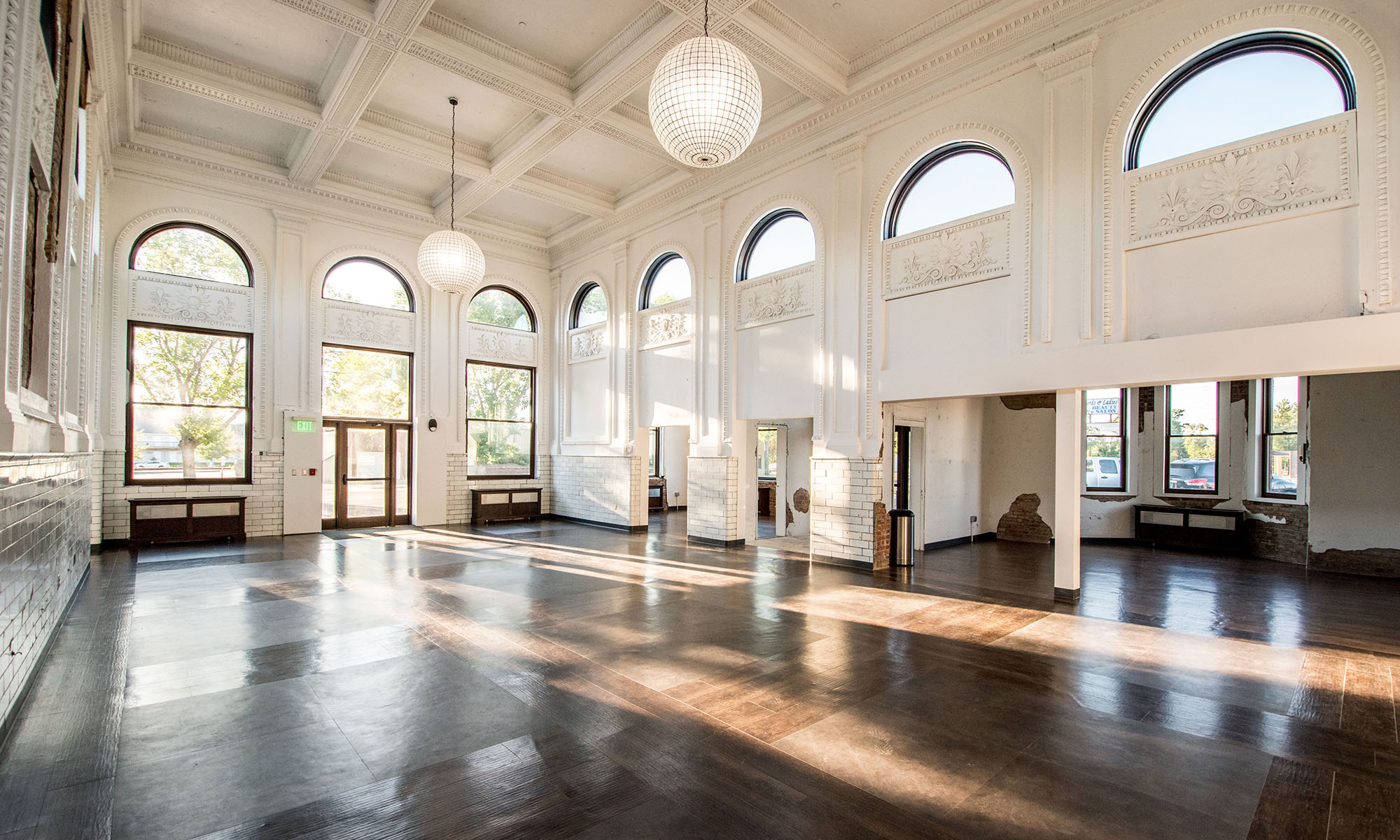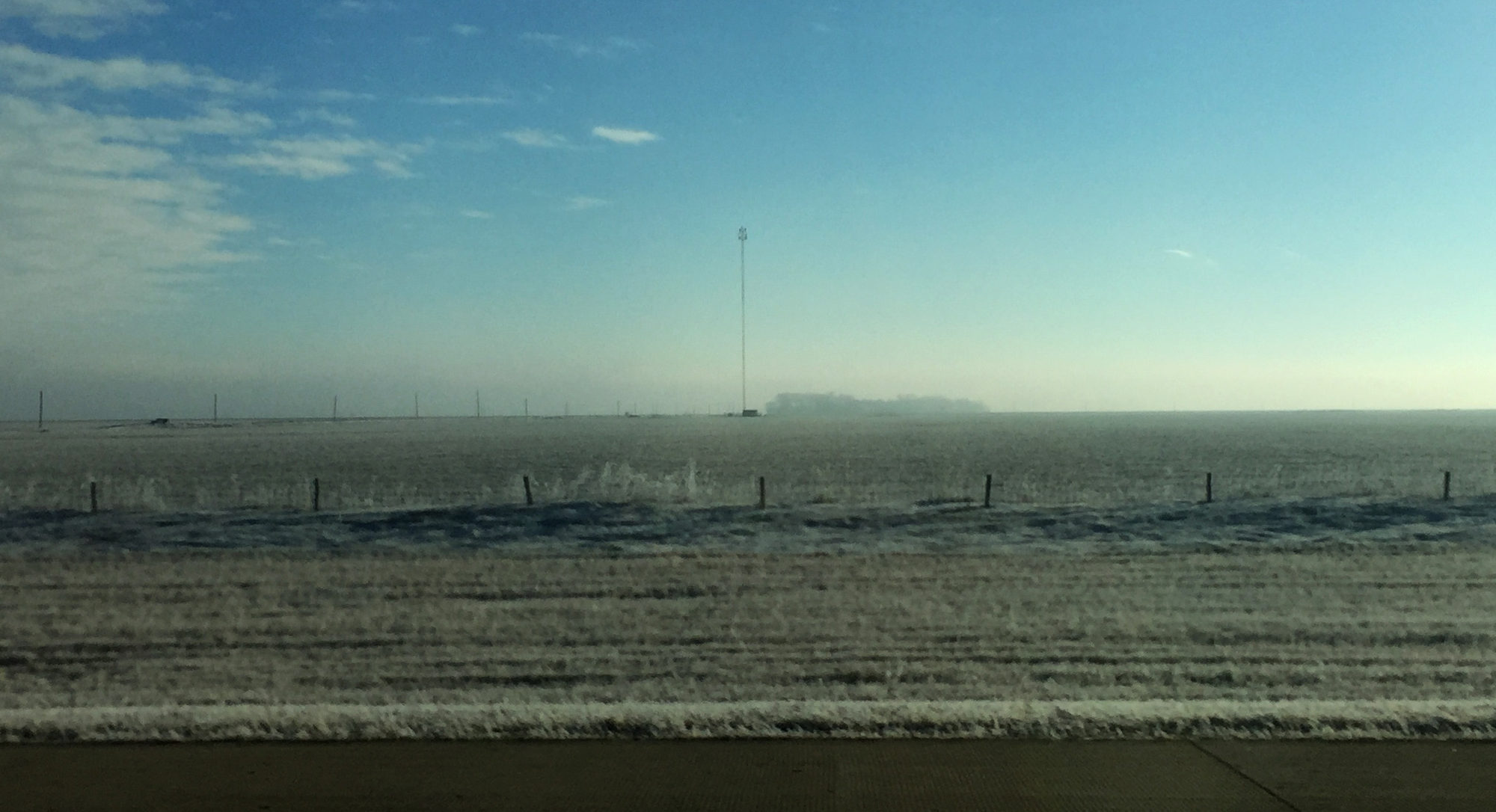This is a guest post by Sofia Mattesini.
Sofia is a Historic Preservation Specialist currently working at the South Dakota State Historical Society in Pierre. She has studied in Europe and has recently moved to South Dakota from the east coast.
I first arrived in South Dakota on May 17, 2018. My mother came with me to help me settle. She grew up in Colorado, so the vast expanses of land and sky were to her somewhat familiar, if not reassuring. To me, as someone who grew up in the city, the sight of an uninterrupted horizon was frightening.
My mother and I flew to Denver from the east coast, bought a car and drove it to Pierre. We wanted to see Mt. Rushmore so we drove through the Black Hills. We bypassed small towns and isolated enterprises. We were captivated by the large, obvious signs printed with the large, obvious font of western movies. I’ve developed an affection for this somewhat cheesy signage that somehow profoundly belongs to South Dakota. I find it reassuring. Clearly, enough people travel this same road to warrant the installation of these signs. Despite the profound sense of isolation coming from a road devoid of traffic, more than anything printed on them, these signs tell me I am not alone.
We first saw Mt. Rushmore from around a curve; it appeared suddenly. We took our pictures, read our history. In general, I have little knowledge of the South Dakota Black Hills, but I can easily understand why the area is a favourite for South Dakotans. It is, very simply put, a beautiful and scenic place. But from the beginning, I’ve favoured the prairie. From that very first trip venturing across the plains with my second-hand car, I’ve tried to find the horizon. Elsewhere,on land at least, there is always something on the horizon that defines it: a skyline, a range of mountains, a series of hills. There is always something to drive towards. But on our drive from Rapid City to Pierre on Highway 14, there was nothing. The sky landed hard on the ground, a tight seam stitched between them. The only points of reference we had were itinerant clouds, and the only real direction to follow was the road stretching ad infinitum. How would you move in this landscape without direction? How do you map a place that has no solid points of reference?
My mother looked at me and said something to the effect of “wow, there’s really nothing around here is there?” Like me, she was delighted and disturbed. Our surroundings infiltrated our skin. We could feel the rare tingling of pure curiosity and confusion that accompanies the sight of something truly new. For the rest of the trip we checked with each other, making sure our surroundings were real.
There would be many trips after, some for work and some for pleasure. In South Dakota, the lack of architecture and urbanism is significant. The empty, but never desolate, landscape is more than negative space between structures. It is very much alive, and quite mischievous at that. It took me a while to realize that South Dakota is not at all flat as it presents itself to the unexperienced visitor, but it is made up of a series of very gently rolling curves and sloping planes. The road is also not as straight as it would have you believe, but composed of slight curves, slight undulations. It is in these slight crevices and unexpected turns that architecture hides itself, and then suddenly appears before you. A water tower, a grain elevator, a church. They all unexpectedly appear in the midst of this seemingly empty landscape,startling you, leaving you to wonder how you couldn’t have seen them from miles and miles away.
While,undoubtedly, modern and contemporary architecture is meritorious in its own right, and it exemplifies a particularly intriguing surrealist quality in South Dakota’s landscape, I am, I’ve always been, attracted to that very unique overlap between history and architecture. Like many who saw me off, friends and family who were as surprised at my moving here as I was, I didn’t know what to expect from this place in terms of historical architecture. But I tapped into a rich vein.
I am particularly intrigued by churches, those small, plain white buildings that sometimes clutch the road. I tend to think of them as sweet buildings, but I realize that is somewhat patronizing. In reality, they are emblems of a tenacity rare in architecture. They are the beginnings of communities, life cycles, histories. Frame churches were often one of the first things built by settlers. They are incredible, if you think about it. In larger, older cities, beginnings have been somewhat dispelled by the stratification of history. Beginnings are lost, complexity becomes the focus.
There is an enormous and un-acknowledged comfort in moving to the city. There are landmarks,urban symbolism, people, public transportation. The possibility of reshaping,reusing architecture. A whole system already built for use.
The South Dakota church on the other hand, simple and isolated, is brave. It stands on its own, tranquil, quietly imposing itself in the landscape. It is part of an architectural language, along with the the one-room schools, the grain elevator, the dairy barn, the shadow of railway tracks in the prairie, that is not quite familiar because not old enough, not copied enough. A new language that very much evolved with people, as a response to the landscape, a solution to needs. An architectural language that is very transparent, and for this reason immensely moving.
Larger South Dakota cities like Sioux Falls and Rapid City undoubtedly are significant and beautiful. I am always enthralled by their historic districts and the unique architectural eclecticism that is so distinctly North American. I love the care that goes into these buildings, not only by the architect but by subsequent owners. I love the drive to maintain this very particular architectural history alive. But I am less moved by it, less captivated. I am less mystified by the cathedrals, the hotels, the grand commercial blocks with their familiar symbolism and styles and surroundings. I vaguely perceive them to be variations of established architectural styles that I’ve already seen. The sheen of novelty has worn off a bit and settled into the comfort of the familiar. To put it simply, I am intrigued by those things that are distinctly South Dakota. By those buildings that exist without claiming grandeur or significance but just are because they needed to be. By an architectural language that is foreign and transparent and fascinating. By the brave churches, and beyond that by the empty, but never desolate, landscape.

Sara is a licensed architect with diverse experience in the non-profit, public and private sector. She earned a Bachelor of Science in Design from the University of Nebraska and a Master of Architecture from Rice University, and is currently pursuing an MBA through USD. She enjoys spending time with friends and family, her husband, and 6-pound shorkie.


